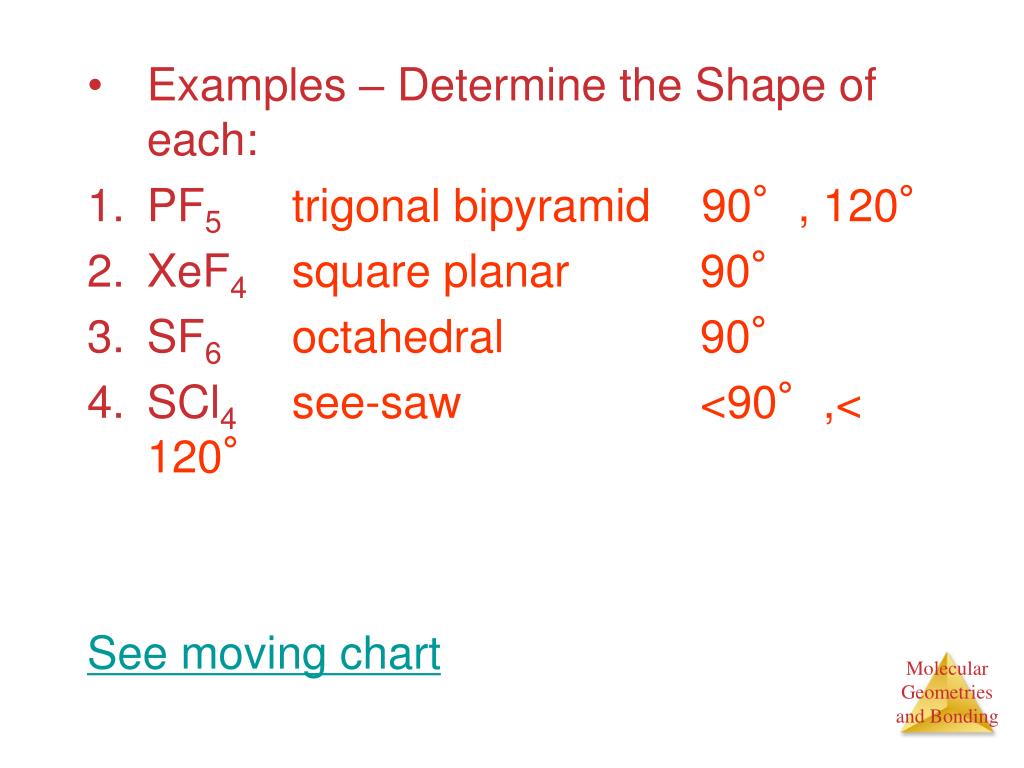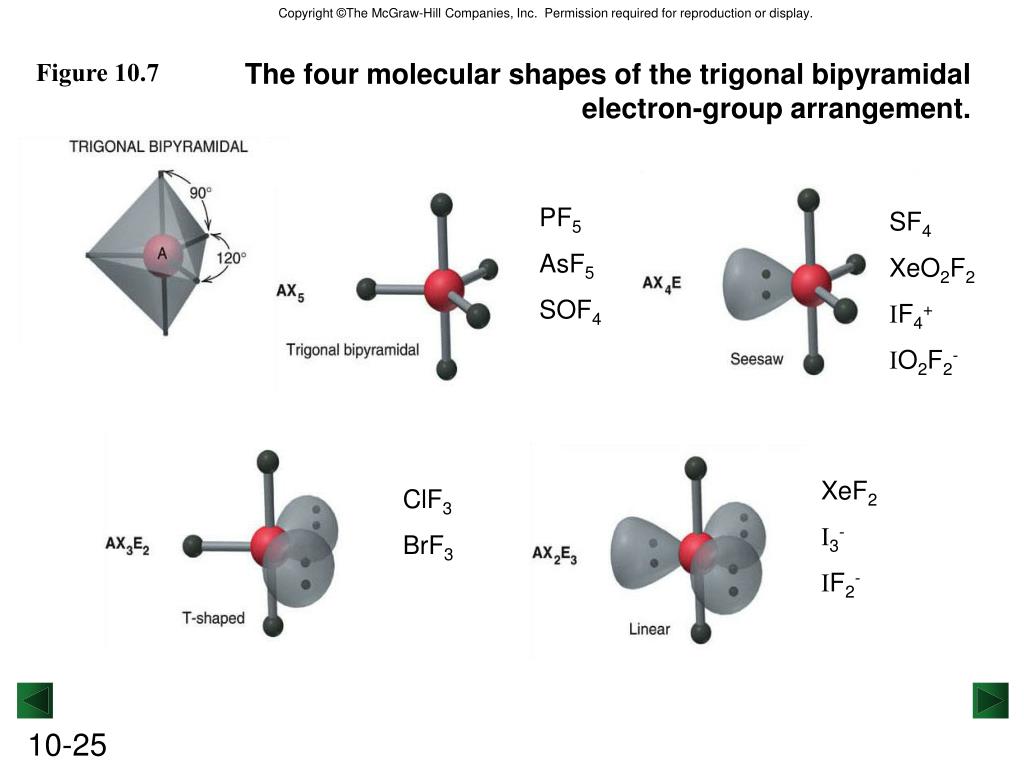

Geometrical constraints in a molecule can cause a severe distortion of idealized tetrahedral geometry. Nitrogen inversion in ammonia also entails transient formation of planar NH 3. The Walden inversion illustrates the stereochemical consequences of inversion at carbon. Inversion of tetrahedra occurs widely in organic and main group chemistry. īitetrahedral structure adopted by Al 2Br 6 (" aluminium tribromide") and Ga 2Cl 6 (" gallium trichloride"). In a completely saturated hydrocarbon system, bitetrahedral molecule C 8H 6 has been proposed as a candidate for the molecule with the shortest possible carbon-carbon single bond. The inorganic polymer silicon disulfide features an infinite chain of edge-shared tetrahedra. In this motif, the two tetrahedra share a common edge. Many compounds and complexes adopt bitetrahedral structures. Since the hydrogen bonds vary in length many of these water molecules are not symmetrical and form transient irregular tetrahedra between their four associated hydrogen atoms. The most common arrangement of hydrogen atoms around an oxygen is tetrahedral with two hydrogen atoms covalently bonded to oxygen and two attached by hydrogen bonds. However, in liquid water or in ice, the lone pairs form hydrogen bonds with neighboring water molecules. In the gas phase, a single water molecule has an oxygen atom surrounded by two hydrogens and two lone pairs, and the H 2O geometry is simply described as bent without considering the nonbonding lone pairs. the tetrahalides of iron(II), cobalt(II), and nickel(II). Many complexes with incompletely filled d-shells are often tetrahedral, e.g. Illustrative examples include tetrakis(triphenylphosphine)palladium(0) ( Pd 4), nickel carbonyl ( Ni(CO) 4), and titanium tetrachloride ( TiCl 4). This difference is attributed to the influence of the lone pair which exerts a greater repulsive influence than a bonded atom.Īgain the geometry is widespread, particularly so for complexes where the metal has d 0 or d 10 configuration. The H–N–H angles are 107°, contracted from 109.5°. However the usual classification considers only the bonded atoms and not the lone pair, so that ammonia is actually considered as pyramidal. Other molecules have a tetrahedral arrangement of electron pairs around a central atom for example ammonia ( NH 3) with the nitrogen atom surrounded by three hydrogens and one lone pair. Thiazyl trifluoride ( SNF 3) is tetrahedral, featuring a sulfur-to-nitrogen triple bond. Often tetrahedral molecules feature multiple bonding to the outer ligands, as in xenon tetroxide (XeO 4), the perchlorate ion ( ClO − 4), the sulfate ion ( SO 2− 4), the phosphate ion ( PO 3− 4). As shown in the diagram, the dot product here is –1 and the length of each vector is √3, so that cos θ = –1/3 and the tetrahedral bond angle θ = arccos(–1/3) ≃ 109.47°.Įxamples Main group chemistry Īside from virtually all saturated organic compounds, most compounds of Si, Ge, and Sn are tetrahedral. b = || a|| || b|| cos θ where || a|| denotes the length of vector a.This angle may be calculated from the dot product of the two vectors, defined as a If the edge length of the cube is chosen as 2 units, then the two bonds OA and OB correspond to the vectors a = (1, –1, 1) and b = (1, 1, –1), and the bond angle θ is the angle between these two vectors. hydrogens) are at four corners of the cube (A, B, C, D) chosen so that no two atoms are at adjacent corners linked by only one cube edge. carbon) at the cube centre which is the origin of coordinates, O.

As shown in the diagram, the molecule can be inscribed in a cube with the tetravalent atom (e.g. The bond angle for a symmetric tetrahedral molecule such as CH 4 may be calculated using the dot product of two vectors. Calculating bond angles of a symmetrical tetrahedral molecule using a dot product


 0 kommentar(er)
0 kommentar(er)
